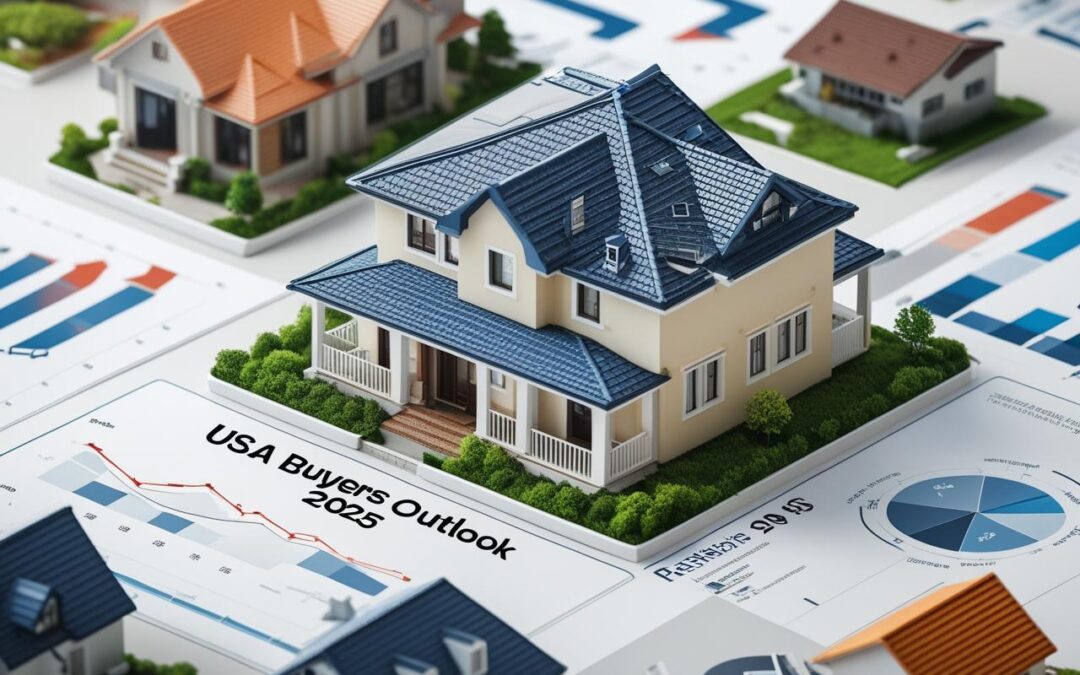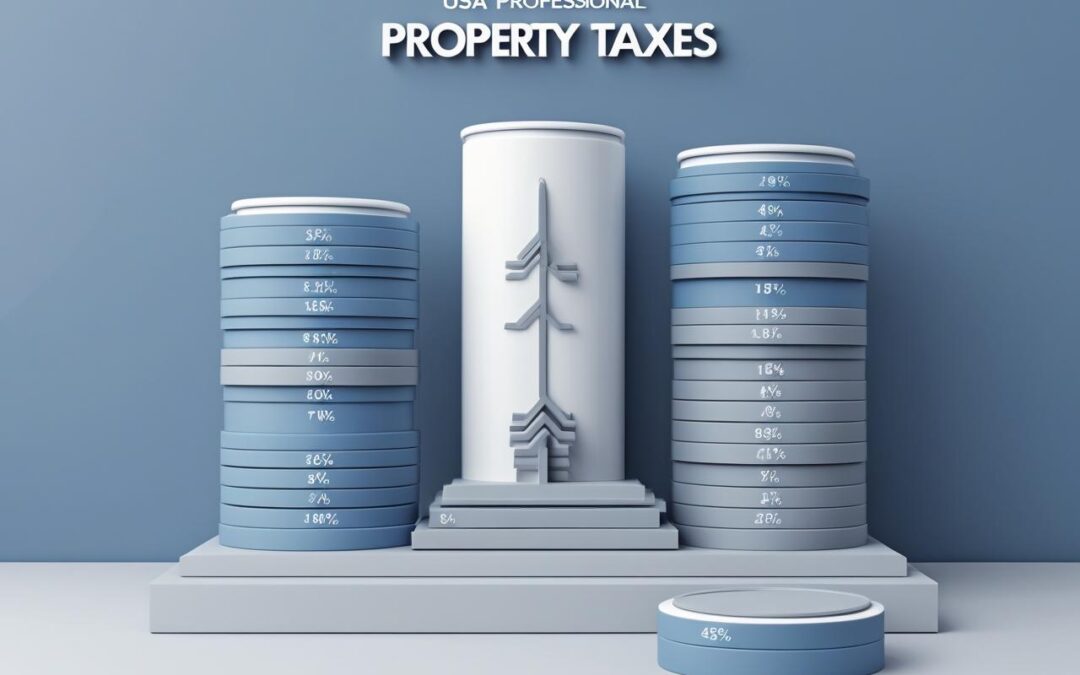
by support | Aug 2, 2025 | Blogs
The U.S. real estate market in 2025 is full of opportunity for smart investors. While some cities are cooling, others are heating up with strong job growth, rising populations, and solid rental yields. If you’re looking to invest for steady cash flow and long-term appreciation, here are the 10 best U.S. cities to buy property in 2025.
1. Austin, Texas
Austin is still the king of tech-driven growth. With major companies like Tesla and Apple expanding here, property prices and rents keep rising.
Why Invest? Booming tech sector, cultural lifestyle, and high rental demand.
2. Raleigh, North Carolina
The Research Triangle makes Raleigh a hub for innovation and education. Home prices are still lower than national averages.
Why Invest? Affordable entry cost, stable appreciation, and job growth.
3. Nashville, Tennessee
Music City isn’t just for artists—it’s now a thriving business and healthcare hub.
Why Invest? Strong tourism, high rental occupancy, and property appreciation.
4. Phoenix, Arizona
With over 200 days of sunshine, Phoenix attracts remote workers and retirees, pushing demand for housing.
Why Invest? Rising values, low taxes, and expanding infrastructure.
5. Tampa, Florida
Tampa’s mix of business, beaches, and tax benefits makes it an investor favorite.
Why Invest? No state income tax, population growth, and tourism boost.
6. Dallas–Fort Worth, Texas
DFW is a top choice for both residential and commercial investments. The metro keeps expanding with new businesses.
Why Invest? Strong job market, affordable suburbs, and high rental yields.
7. Charlotte, North Carolina
One of America’s fastest-growing metros with a booming finance industry.
Why Invest? Consistent demand for housing and low unemployment.
8. Denver, Colorado
Denver offers both outdoor beauty and a competitive job market.
Why Invest? High appreciation rates and premium rental demand.
9. Orlando, Florida
Theme parks, tourism, and tech—Orlando’s economy is diverse and growing.
Why Invest? Year-round rental demand and affordable housing.
10. Boise, Idaho
Boise’s transformation into a hotspot has been incredible, attracting professionals and families alike.
Why Invest? Affordable housing and rapid appreciation.
Final Tip for Investors
In 2025, the best property investment isn’t just about price—it’s about future growth potential. Look for cities with job growth, infrastructure projects, and lifestyle appeal.
💬 Which of these cities would you invest in? Share your thoughts in the comments!

by support | Aug 2, 2025 | Blogs
The U.S. real estate market has always been a mix of opportunities and challenges, but 2025 is shaping up to be a particularly interesting year for buyers. Whether you’re looking for your first home, upgrading to a bigger space, or exploring investment opportunities, understanding the trends ahead can make a big difference in your decision-making.
In this article, we’ll dive into what you, as a buyer, can expect from the USA Real Estate Market Outlook 2025 — from housing prices to interest rates, and everything in between.
1. Housing Prices: Slowing Growth, Not a Drop
Over the past few years, U.S. housing prices saw record-breaking increases. While 2024 began to show signs of cooling, experts predict that 2025 will bring slower price growth rather than steep declines. For buyers, this means more breathing room to find the right property without the panic of bidding wars — but prices will still remain high in many urban areas.
2. Mortgage Rates: Stabilization Ahead
One of the biggest factors for homebuyers in 2024 was the spike in mortgage interest rates. The good news? Analysts expect rates to stabilize in 2025, potentially hovering between 5%–6%. While this is still higher than the ultra-low rates of 2020–2021, it’s more manageable compared to last year’s peaks. Buyers who plan ahead and shop for the best loan options can still secure favorable deals.
3. Inventory Levels: Gradual Improvement
A major challenge for buyers has been the low housing inventory. In 2025, new construction projects and more homeowners willing to sell could slowly boost supply. This increase will offer buyers more choices and reduce the intense competition we’ve seen in recent years.
4. Regional Trends: Shifting Hotspots
While big cities like New York, Los Angeles, and San Francisco remain expensive, more buyers are turning to secondary markets like Austin, Nashville, and Tampa. These cities offer a balance of affordability, job growth, and lifestyle perks, making them attractive options for relocation or investment.
5. Investment Opportunities: Steady Demand for Rentals
Rental properties will continue to see strong demand in 2025, especially in markets with growing job sectors and university towns. For buyers interested in real estate investing, this could be a good year to purchase rental units while financing conditions are relatively stable.
6. Buyer Tips for 2025
Get pre-approved early – This strengthens your negotiation power.
Consider up-and-coming areas – You might find better value and future growth.
Lock your mortgage rate – If rates start to rise again, you’ll be protected.
Work with a local real estate agent – They know the market nuances best.
Final Thoughts
The USA Real Estate Market Outlook 2025 points toward a more balanced, less frantic market compared to recent years. For buyers, this could be the ideal time to make a move — provided you plan carefully, stay informed, and keep your long-term goals in mind.
If you’ve been waiting for the right moment to buy, 2025 might just offer that sweet spot between affordability and opportunity.

by support | Aug 2, 2025 | Blogs
Buying your first home is a milestone — exciting, emotional, and yes, a bit overwhelming. But here’s some good news: if you’re purchasing your first property in 2025, First-Time Buyer Tax Credits in the USA could help you save big. These programs are designed to ease your financial burden, giving you more breathing room as you step into homeownership.
In this guide, we’ll break down what the tax credits are, how you can qualify, and the smart ways to maximize your savings.
What Are First-Time Buyer Tax Credits?
First-time buyer tax credits are incentives offered by the U.S. government to help reduce the overall cost of buying your first home. Unlike deductions, which reduce taxable income, tax credits directly lower the amount of tax you owe — meaning more money stays in your pocket.
For 2025, several federal and state programs aim to encourage homeownership, making it more affordable for first-time buyers.
Why 2025 Is a Great Year to Buy Your First Home
New tax credit proposals in Congress could further boost savings.
Many states are increasing incentives to stimulate the housing market.
Mortgage rates are predicted to stabilize, creating a favorable buying environment.
If you’ve been waiting for the right time, 2025 may be your golden opportunity.
Key Federal Tax Credit Options in 2025
First-Time Homebuyer Credit (Proposed Revival)
Lawmakers are discussing a tax credit of up to $15,000 for eligible first-time buyers. If passed, it could apply directly to your tax return, lowering your overall tax bill.
Mortgage Credit Certificates (MCCs)
Many states offer MCC programs that let you claim a portion of your annual mortgage interest as a tax credit — potentially saving you thousands over the life of your loan.
Energy-Efficient Home Credits
If you install qualifying eco-friendly upgrades, you might be eligible for additional credits, making your new home both affordable and sustainable.
Eligibility Requirements
While requirements vary by program, you typically need to:
Be purchasing your first home (or not have owned one in the past three years).
Meet income limits set by the program.
Use the home as your primary residence.
Complete any required homebuyer education courses.
How to Maximize Your Savings
Check both federal and state programs — some states offer extra incentives.
File your taxes carefully or work with a professional to claim every eligible credit.
Time your purchase to align with new legislation if major credits are expected soon.
Combine credits and deductions for maximum benefit.
Common Mistakes to Avoid
Not researching local programs — state and city-level incentives can be overlooked.
Missing deadlines for filing claims.
Assuming you’re ineligible without checking updated requirements.
Final Thoughts
Owning your first home in the USA doesn’t have to drain your savings. With First-Time Buyer Tax Credits USA 2025, you can enjoy significant financial relief while stepping confidently into your new chapter. A little research and smart timing could save you thousands — money you can put toward furnishing, renovations, or simply building your future.
If you’re ready to make your move in 2025, now’s the time to explore your options and prepare for a purchase that’s as financially smart as it is exciting.

by support | Aug 2, 2025 | Blogs
Buying a home is one of the most exciting milestones in life — but it also comes with terms and costs that can feel a little overwhelming at first. If you’ve started looking into mortgage options, you might have come across the term Private Mortgage Insurance (PMI).
Don’t worry — you’re not alone if you’re wondering what it means and whether you really need it. In this guide, I’ll break down PMI in simple terms, share why lenders require it, and give you practical tips to manage or even avoid it altogether.
What is Private Mortgage Insurance (PMI)?
Private Mortgage Insurance (PMI) is a type of insurance that protects your lender — not you — in case you stop making your mortgage payments.
If you’re putting down less than 20% of the home’s purchase price, most lenders will require PMI. The idea is simple: the smaller your down payment, the higher the risk for the lender, so PMI acts as a safety net for them.
How Does PMI Work?
When you take out a mortgage with less than 20% down, PMI gets added to your monthly mortgage payment. It can also sometimes be paid upfront or built into your loan.
Cost of PMI: Usually between 0.3% to 1.5% of your loan amount annually.
Duration: PMI isn’t forever — you can request removal once your home equity reaches 20%, and lenders are required to remove it automatically at 22%.
Why Lenders Require PMI
From the lender’s point of view, a borrower with a smaller down payment is more likely to default on the loan. PMI reduces their financial risk while still allowing you to buy a home without saving up a massive down payment.
Think of it like training wheels on a bike — it helps balance the risk until you can handle the payments without the lender’s extra protection.
How to Reduce or Avoid PMI
Here are some practical strategies:
Save for a 20% Down Payment – This is the simplest way to skip PMI entirely.
Look for Lender-Paid PMI – Some lenders cover PMI but might charge a slightly higher interest rate.
Use a Piggyback Loan – A second loan to cover part of your down payment.
Refinance When Possible – Once you’ve built enough equity, refinance to remove PMI.
The Pros and Cons of PMI
Pros:
Lets you buy a home sooner without saving 20%
Can help you take advantage of low interest rates sooner
Automatically ends once enough equity is built
Cons:
Adds to your monthly mortgage payment
You’re paying for insurance that protects the lender, not you
Final Thoughts
Private Mortgage Insurance (PMI) can feel like an unnecessary expense, but it can also be the key that opens the door to homeownership faster than you thought possible.
If you plan wisely — by building equity quickly, making extra payments when possible, or refinancing — you can minimize the time you pay PMI and save money in the long run.
Remember: PMI isn’t forever, and with the right approach, your dream home can be yours without paying it for years.

by support | Aug 2, 2025 | Blogs
When you own a home in the United States, property taxes are a part of life. Whether you’re a first-time buyer or a seasoned investor, understanding how these taxes work can save you money and prevent unwanted surprises. In this guide, we’ll break down the basics of USA property taxes, explain how they’re calculated, and share tips to manage them wisely.
What Are Property Taxes?
Property taxes are local taxes charged by city, county, or state governments on real estate you own. These funds are used to support essential public services such as schools, roads, emergency services, and community projects.
Think of it this way: paying property taxes is your way of contributing to your neighborhood’s development and safety.
How Are Property Taxes Calculated?
The formula is fairly simple:
Property Tax = Assessed Property Value × Local Tax Rate
Assessed Property Value – This is determined by your local tax assessor, based on your home’s market value.
Local Tax Rate – Often referred to as a “mill rate” or percentage set by your local government.
For example, if your home is valued at $300,000 and your local tax rate is 1.2%, your annual property tax would be $3,600.
Why Property Taxes Vary Across the USA
Property tax rates can be drastically different from one state to another. States like New Jersey and Illinois tend to have higher rates, while states like Hawaii and Alabama have some of the lowest.
The difference comes down to:
Local budget needs
State laws and policies
Real estate values in the area
When and How to Pay Property Taxes
Most homeowners pay property taxes once or twice a year, but some states allow quarterly payments. If you have a mortgage, your lender might collect property taxes as part of your monthly mortgage payment and pay them on your behalf through an escrow account.
Can You Reduce Property Taxes?
Yes, there are ways to lower your bill:
Apply for exemptions – Many states offer senior, veteran, or disability tax breaks.
Challenge your property’s assessment – If you believe your property is overvalued, you can file an appeal.
Stay informed about local tax changes – Attend local government meetings where tax rates are discussed.
Why Understanding Property Taxes Matters for Investors
For real estate investors, property taxes can significantly impact profit margins. High taxes may eat into rental income, while lower taxes can improve returns. Always research tax rates before buying an investment property.
Final Thoughts
Property taxes may not be the most exciting part of homeownership, but they are essential for keeping communities running. By understanding how they work, budgeting for them, and exploring ways to reduce them, you can make smarter financial decisions as a homeowner or investor.





